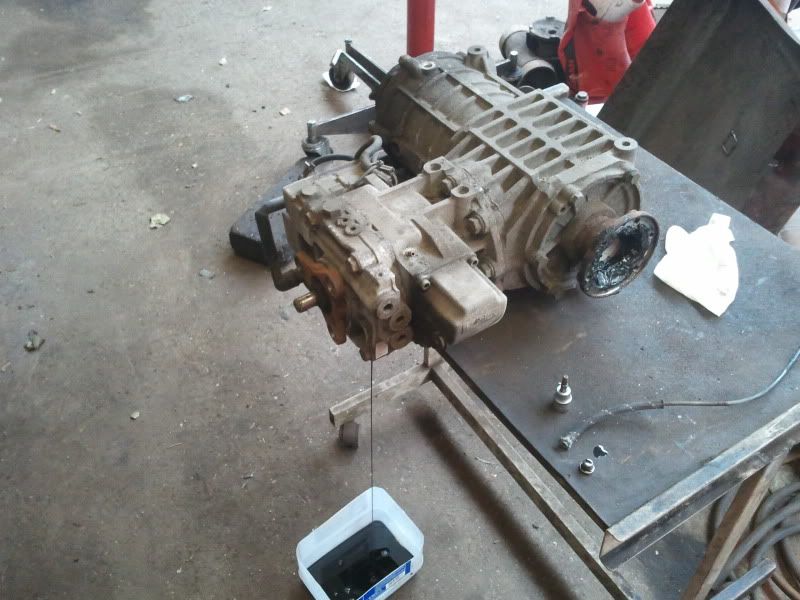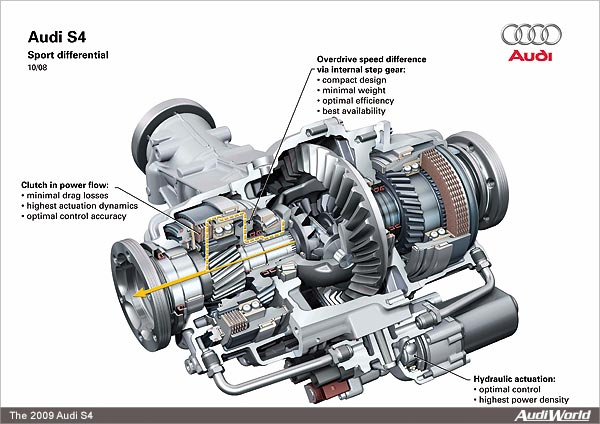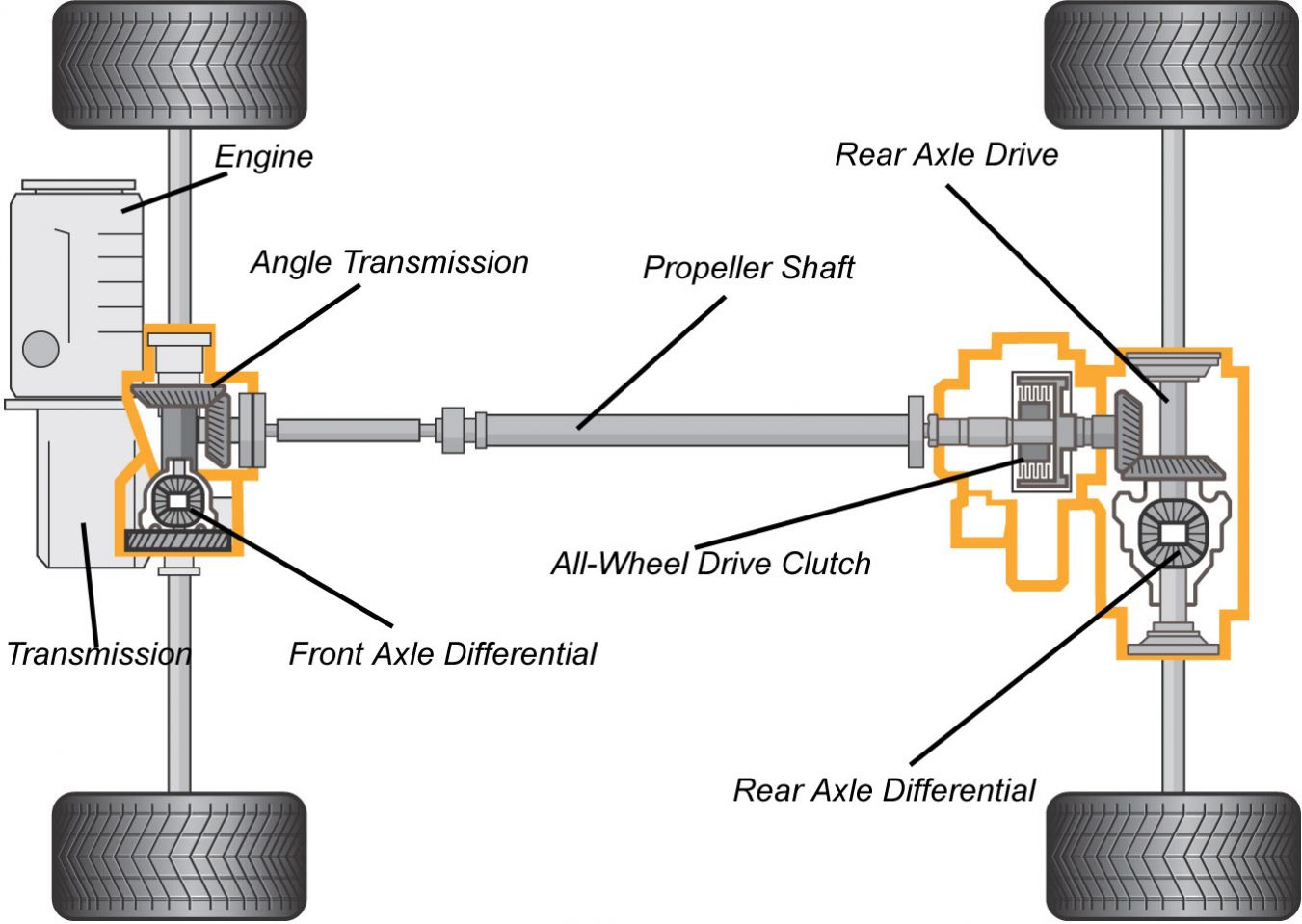Ok, this maybe an insane idea but call this brainstorming 
There is a company called Haldex (part of BorgWarner) that make compact electronically variable clutch units.
They look/work like this (this is a recent gen 5 unit):

How its used on an Audi TT:

They mainly get used in Audi's and look like this (this is an Audi TT unit):

When combined with a rear diff it looks like this (also from an Audi TT):

I hope you guys can see what im thinking here...
We lock up the viscous center in the transfer case so there is always a 50:50 split of torque to the front axles and to the rear drive-shaft.
We then adapt a haldex unit in front of our rear diff, or use a full diff from something like an Audi TT.
We would then have an electronically controlled variable 100F/0R to 50F/50R torque split.
Obviously moving more power to the rear than 50/50 would be nice, but its not possible without using a different gearbox.
Im unsure yet how the haldex units are controlled, but it wouldn't be too difficult to come up with a controller for it.
Thoughts?
There is a company called Haldex (part of BorgWarner) that make compact electronically variable clutch units.
They look/work like this (this is a recent gen 5 unit):

How its used on an Audi TT:

They mainly get used in Audi's and look like this (this is an Audi TT unit):

When combined with a rear diff it looks like this (also from an Audi TT):

I hope you guys can see what im thinking here...
We lock up the viscous center in the transfer case so there is always a 50:50 split of torque to the front axles and to the rear drive-shaft.
We then adapt a haldex unit in front of our rear diff, or use a full diff from something like an Audi TT.
We would then have an electronically controlled variable 100F/0R to 50F/50R torque split.
Obviously moving more power to the rear than 50/50 would be nice, but its not possible without using a different gearbox.
Im unsure yet how the haldex units are controlled, but it wouldn't be too difficult to come up with a controller for it.
Thoughts?


